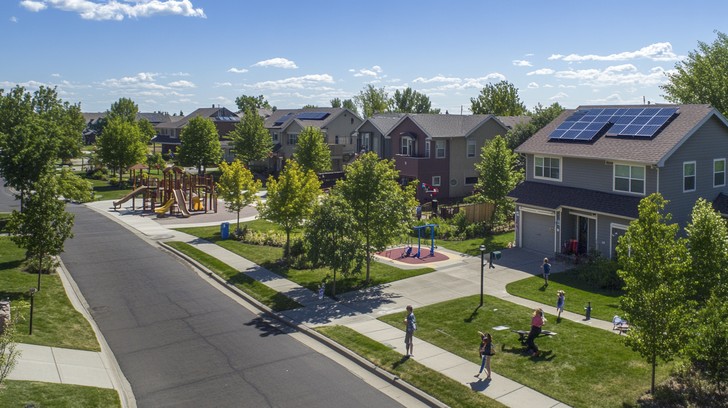
Sustainability in Co-Living Design: Enhancing Community and Environment
The concept of sustainability in co-living design is gaining traction in todays world. As urban areas become more populated, the need for sustainable living solutions becomes increasingly vital. Co-living offers a unique opportunity to address these challenges by promoting community living while minimizing environmental impact.

Understanding Co-Living
Co-living is a modern form of shared housing where individuals live together in a single space. It is designed to foster community, reduce living costs, and maximize resource efficiency. This model is particularly appealing to young professionals and students who seek affordable housing options.
The Role of Sustainability
Sustainability in co-living design is about creating living spaces that are not only functional but also environmentally friendly. This involves using eco-friendly materials, reducing waste, and ensuring efficient energy use. By focusing on sustainability, co-living spaces can contribute to a healthier planet.
Benefits of Sustainable Co-Living
There are numerous benefits to integrating sustainability into co-living design. These include reduced carbon footprints, lower utility bills, and a strong sense of community. Moreover, sustainable co-living spaces often incorporate green technologies and sustainable practices, which can improve the quality of life for residents.
Designing for Sustainability
Designing a sustainable co-living space involves careful planning and consideration. Architects and designers must focus on maximizing natural light, using renewable energy sources, and incorporating green spaces. These elements not only enhance the aesthetic appeal of the space but also promote environmental responsibility.
Challenges in Implementation
While the concept of sustainable co-living is appealing, there are challenges to its implementation. These include financial constraints, regulatory hurdles, and resistance to change. Overcoming these obstacles requires collaboration between developers, policymakers, and residents.
Financial Considerations
One of the biggest challenges is the cost associated with sustainable building materials and technologies. However, the long-term savings in energy and maintenance costs can offset these initial expenses. It is essential to educate stakeholders about the financial benefits of sustainable co-living.
Regulatory Framework
Regulations play a crucial role in the development of sustainable co-living spaces. Governments must implement policies that support sustainable practices in the housing sector. You can read more about these regulations here.
Community Involvement
Community involvement is key to the success of sustainable co-living projects. Residents should be encouraged to participate in sustainable practices and decision-making processes. This fosters a sense of ownership and responsibility towards the environment.
Case Studies
Several co-living projects around the world have successfully integrated sustainability into their designs. These projects serve as models for future developments. For instance, the EcoVillage in Ithaca, New York, is a leading example of a community built on sustainable principles.
Future of Co-Living
The future of co-living is promising, with sustainability playing a central role. As more people become aware of the environmental impact of their living choices, the demand for sustainable co-living spaces will continue to grow. Learn more about long-term housing models here.
Conclusion
The integration of sustainability in co-living design offers an innovative solution to the challenges of urban living. By fostering community engagement and reducing environmental impact, sustainable co-living spaces can lead to a healthier and more connected society. Explore more about the sharing economy in housing here.

FAQs
What is co-living?
Co-living is a modern housing model where individuals share living spaces to foster community and reduce costs.
How does sustainability fit into co-living design?
Sustainability in co-living design involves using eco-friendly materials, reducing waste, and maximizing energy efficiency to minimize environmental impact.
What are the benefits of sustainable co-living?
Benefits include reduced carbon footprints, lower utility bills, and a strong sense of community among residents.
This article contains affiliate links. We may earn a commission at no extra cost to you.